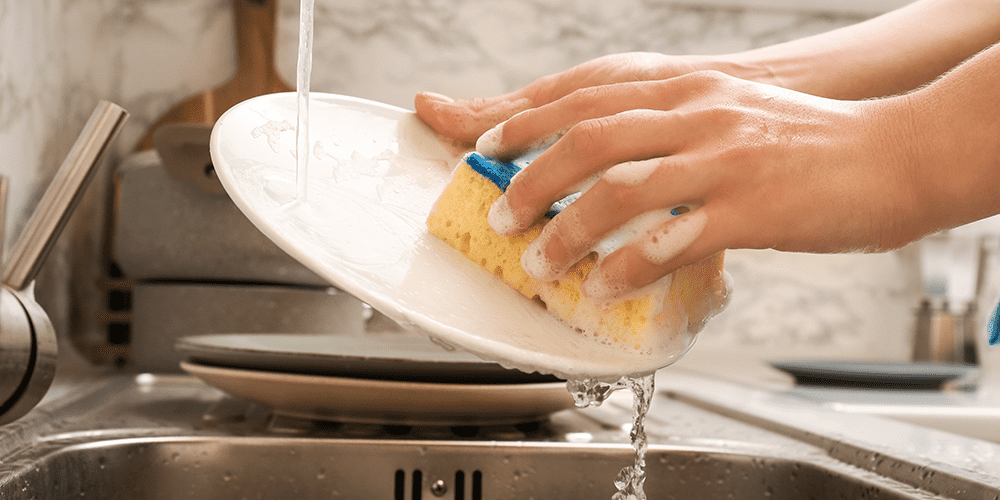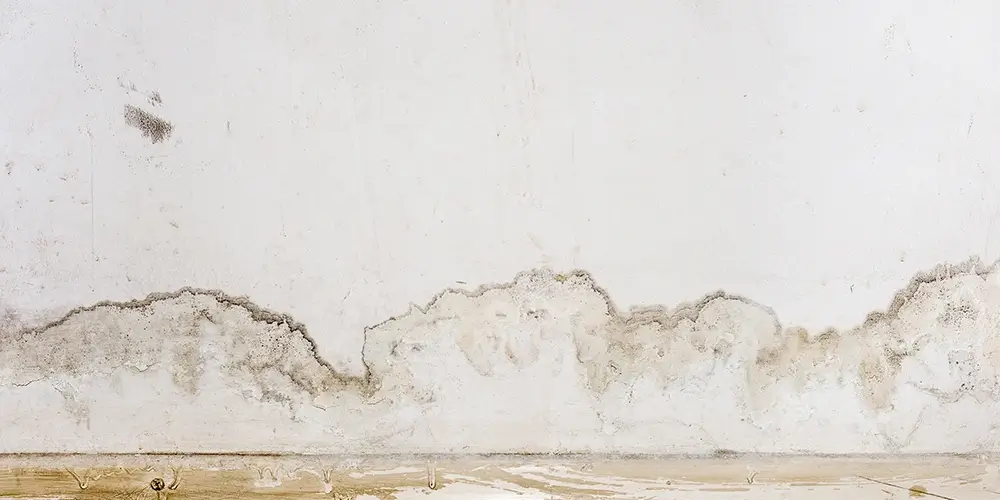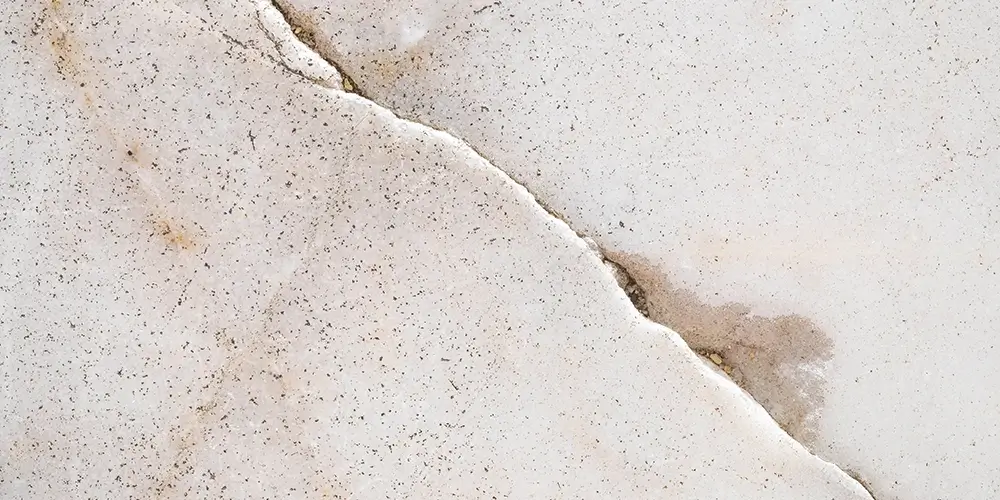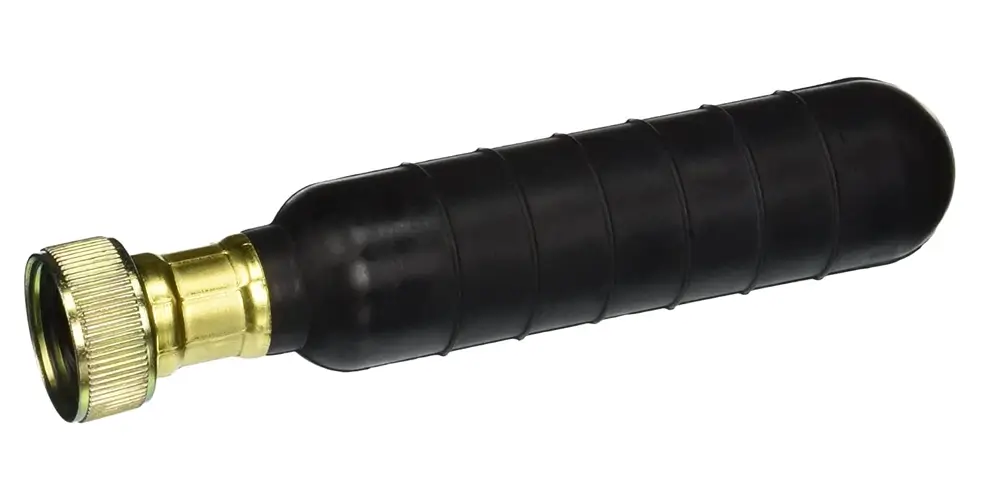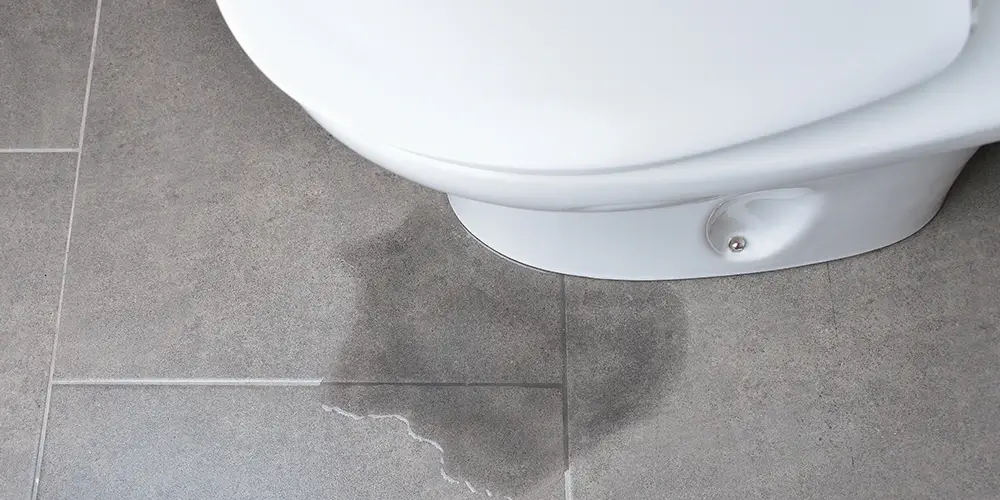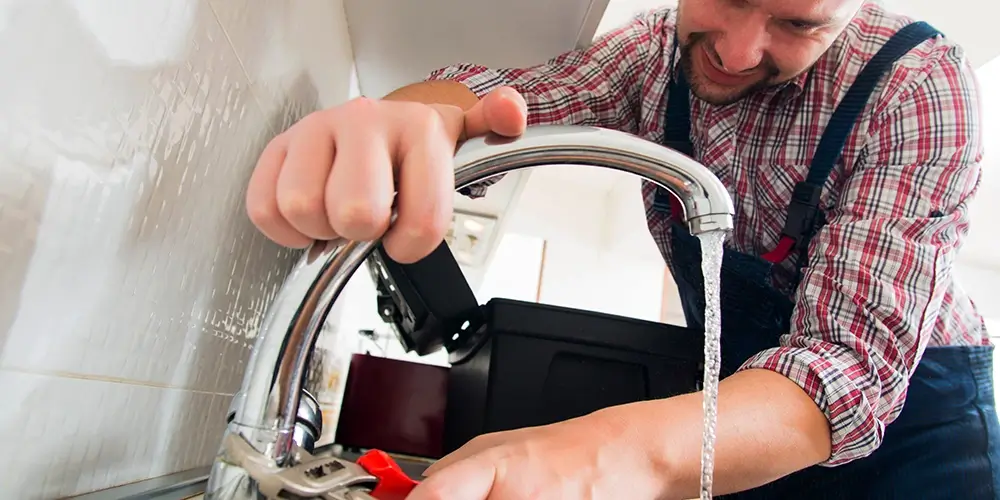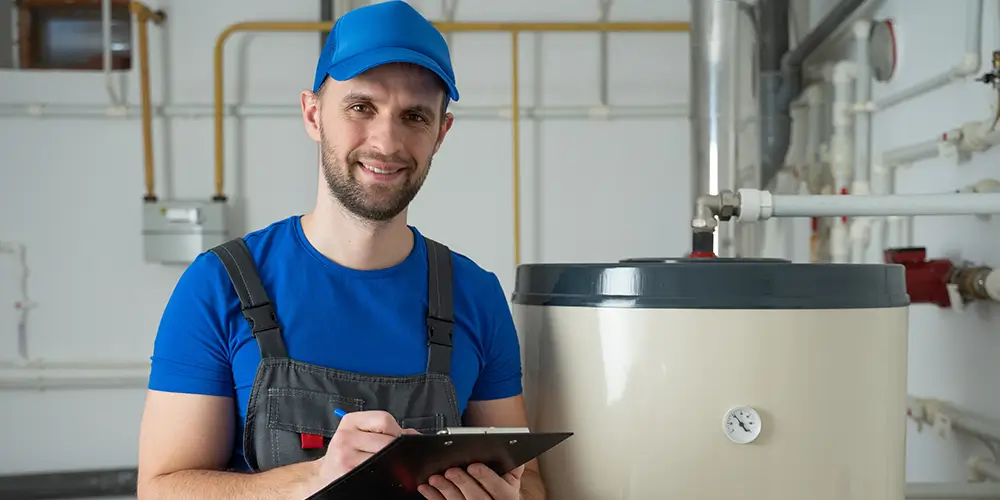All Things Plumbing & HVAC: The Orange Coast Plumbing Blog
Need to know what’s an emergency and which problems can wait? Which problems you can solve DIY? The Orange Coast Plumbing blog helps you understand common plumbing, heating, and air conditioning issues.
Plumbing can be a dirty job.
It can be a physical job. A toilet weighs 60 lbs or more. A laptop weighs 4 or 5 lbs, yet people complain when they don’t have a lighter model.
Wouldn’t it be better to sit in air-conditioned comfort, stare at a monitor, and draw a paycheck?
First, anyone who’s spent the last five years typing and staring at a monitor will tell you it’s the modern equivalent of watching a wire pass through a wax bath.
20% of American homes with a dishwasher don’t even use it. The press claims that’s a bad thing environmentally, but is it?
We often hear about a dishwasher’s energy efficiency and reduced water use. Seldom is there a peep about a dishwasher’s limited lifespan, or a question about the validity of studies “proving” the superiority of a dishwasher to hand washing
All plumbing pipes have a limited lifespan. Well-maintained copper lines can last 80 or more years, and PVC from 20 to 50 years.
Average US homeownership runs for about 13 years. Serious plumbing issues may never arise during that ownership period. But what if they do?
A slab leak occurs in the water or sewer lines the under the concrete foundation of your home.
Slab leaks often go unnoticed until they’ve caused significant damage, including mold growth which can threaten your family’s health.
Mold grows in moist areas — and slab leaks create perfect conditions for it.
Knowing how to shut off the water supply could save you from a world of hurt if a big leak happens under your home.
A little knowledge goes a long way to prevent minor plumbing problems from growing into expensive issues.
Slab leaks often happen without warning. They can cause massive damage and even render your home uninhabitable. On a scale of 1-10 for plumbing disasters, they’re a 12.
But what exactly causes these apocalyptic leaks? And more importantly, what can you do to prevent them?
A drain bladder, or blow bag, is a heavy rubber balloon that attaches to a standard garden hose. It works like a miniature hydro jet with a high-pressure water stream to clear clogs and debris.
However, it can damage pipes if used incorrectly.
A leaking toilet is a serious plumbing problem. A toilet leaking at the base packs an even bigger punch. That’s because it’s easy to miss, it can cause significant damage to walls and flooring if not addressed promptly, and water can seep into lower levels of a building, creating a wet, damp environment for mold.
Here’s what you need to know.
A kitchen faucet is more than a fixture — it’s a focal point in your kitchen design. The right faucet can elevate your space while offering better functionality and convenience than a run-of-the-mill model.
With so many options available, it’s easy to get stuck.
Faucet drips contribute to up to 10,000 gallons of water waste per residence every year.
Some faucet repairs, especially those involving complex fixtures, necessitate a professional repair. But most leaky faucets can be fixed DIY without too much fuss.
Faucets endure heavy use and abuse. They’re exposed to corrosive minerals and chemicals in water, extreme temperature changes, and unkind human treatment.
It should be no surprise they sometimes spring leaks or cease to work altogether.
Fortunately, most common faucet problems are easy to fix.
Even a pinhole leak in your slab foundation will offer warning signs, and drainage will slow in a sewer line long before the point of collapse.
Regularly inspecting your plumbing system will help you nip many problems in the bud. But you have to know where to look and what to fix.


